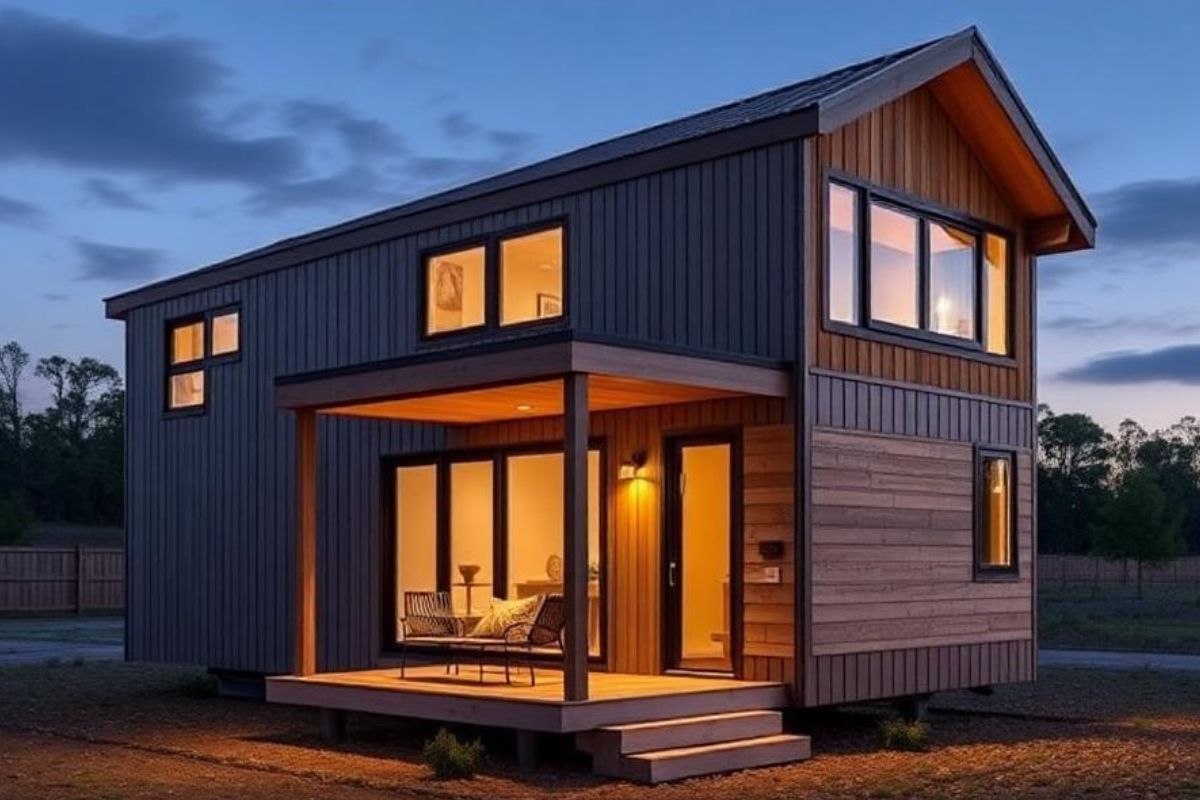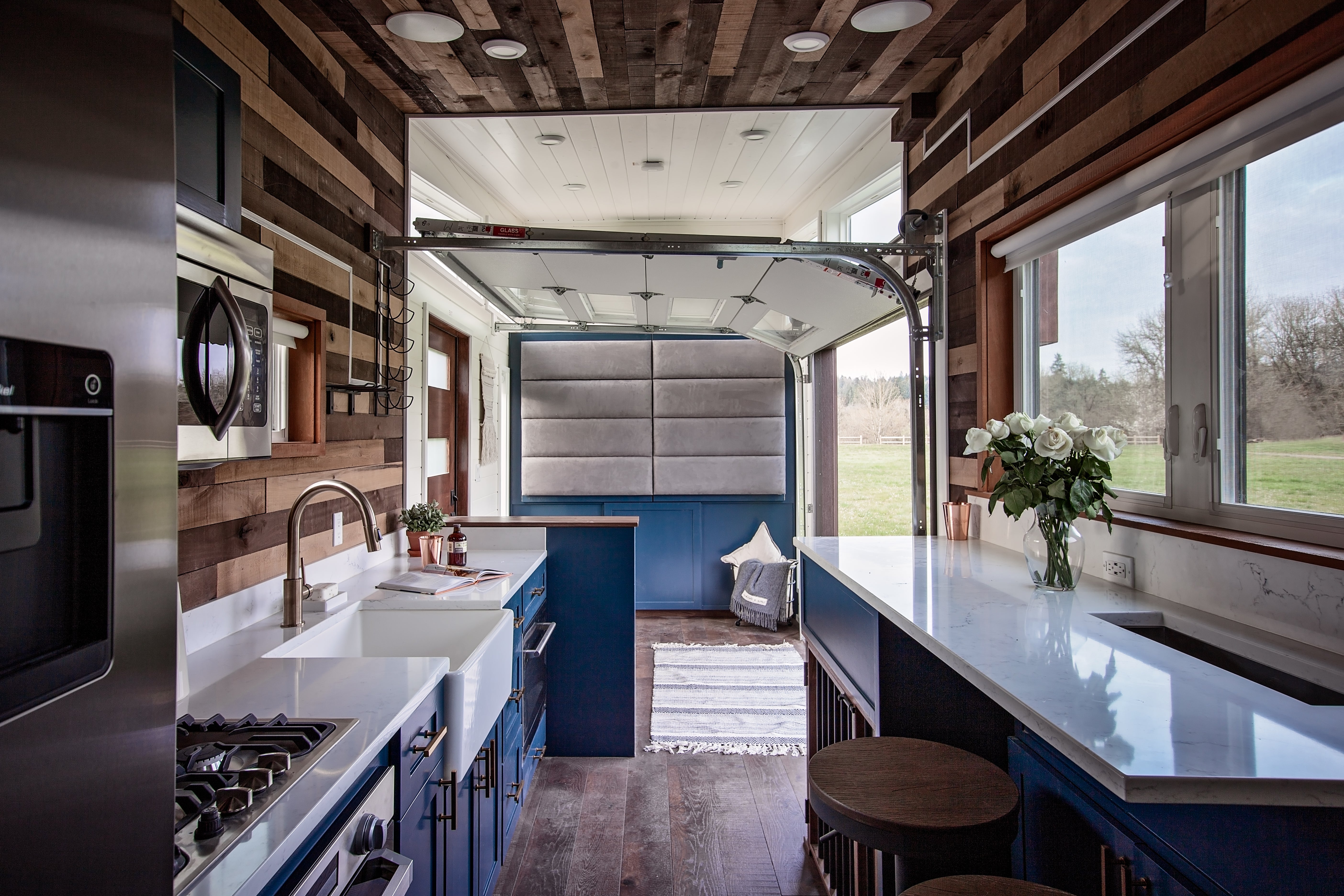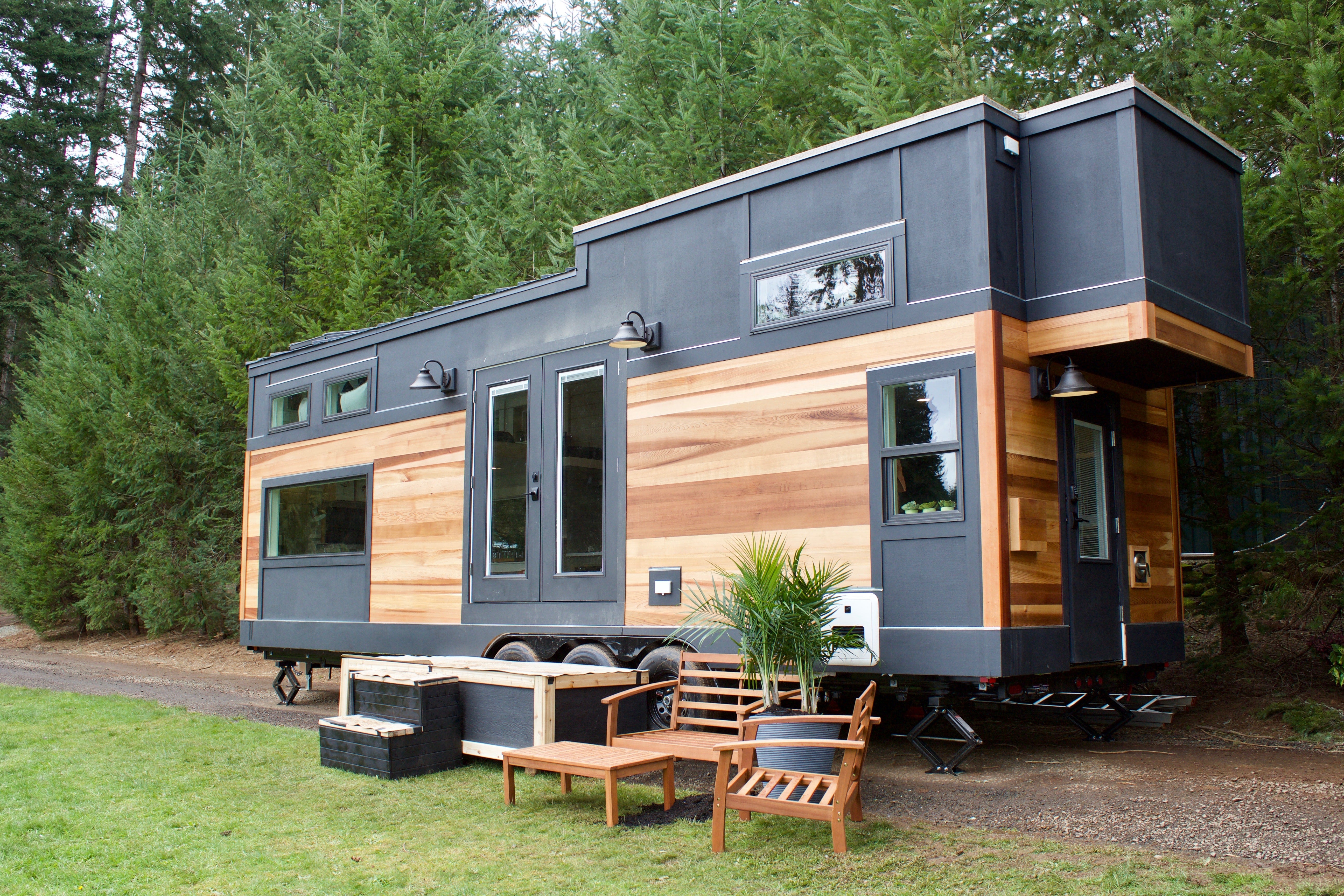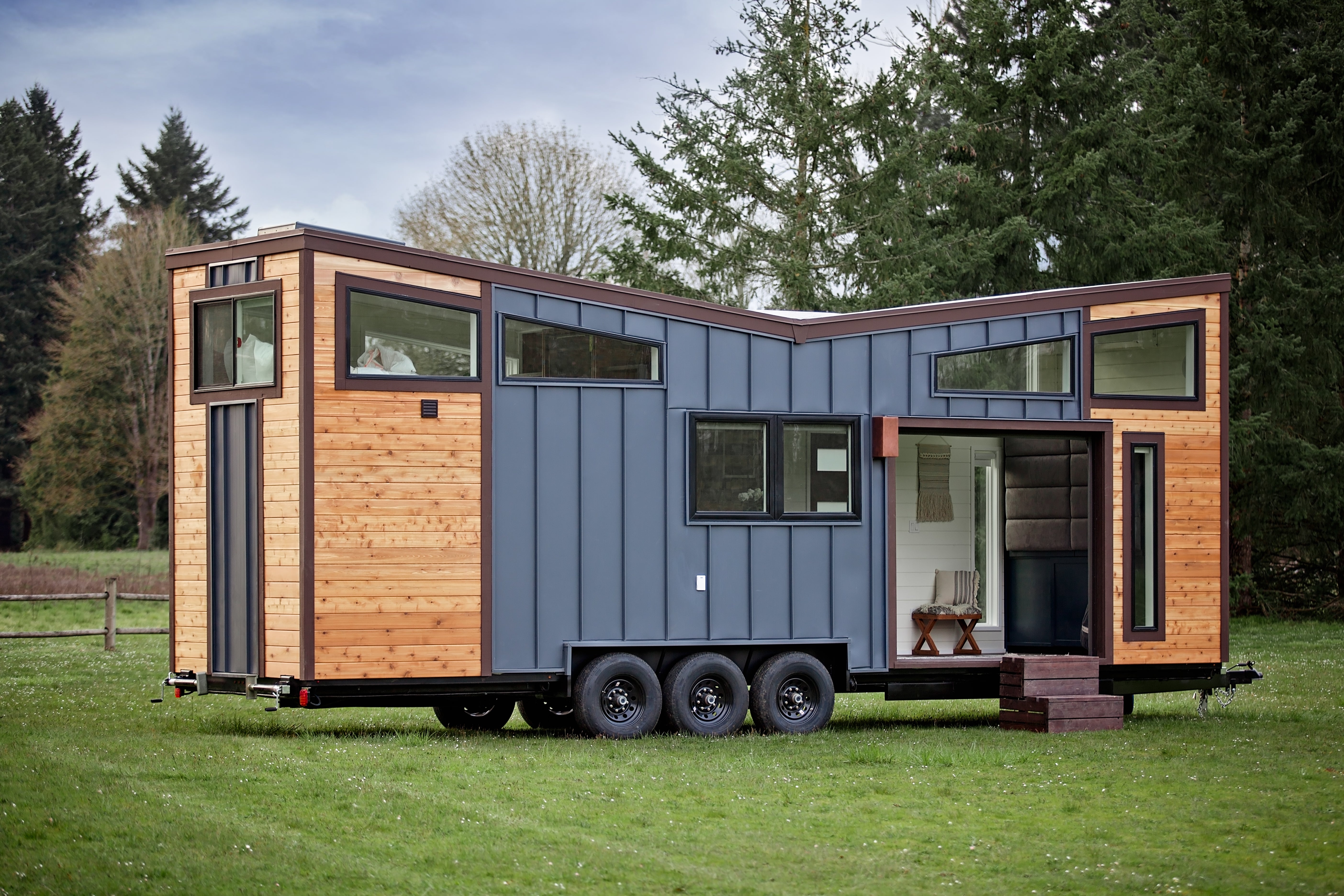When people, homeowners specifically, think about roofing, the spotlight usually falls on the grand finale.
The stylish asphalt shingles, rustic clay tiles, or sleek metal panels that gleam in the sun are often the highlights. However, underlayments are often overlooked parts of your roof that keep your home dry, cozy, and structurally sound.
…they are the hidden layer sandwiched between your roof deck (that’s the flat base made from plywood or OSB) and your outer roofing material.
These roofing underlayments protect your home from leaks, improve insulation, and give your roof some much-needed staying power.
But, with many options available, it becomes complicated to decide what's the right choice or not(based on your budget), especially for new homeowners.
So, let’s dig into the builder's world and explore what are some of the best underlayment options for roofs you need!
What is Roof Underlayment and Why is it Important?
Just a quick reminder… roof underlayment is the layer of material installed directly onto your roof deck. It lies beneath the final roofing material, which could be metal, tile, or shingles.
The major function is that it stands guard against water, ice, wind, and even UV damage—a hand-in-hand co-operation with the outer roofing.
The one you need for your roofing project can depend on a few factors, including cost, the slope of your roof, and even the climate. For instance, the roof underlayment options in Florida will vary from those in arid and windy climates.
Regardless of whether you are installing traditional asphalt shingles or going for a sleek metal roof, your underlayment adds:
-
Structure
-
Improves longevity
-
Boosts energy efficiency
Note:
Suppose you are going for metal roofing, questions such as, “Can you put metal roofing directly on rafters” are going to be common.

Different Roof Underlayment Options
The best underlayment options for roofs vary. But for metal roofs, bare rafters are not one of them.
So before you start laying panels or driving in screws, let’s take a closer look at the different roof underlayment options available.
They include:
-
Asphalt-Saturated Felt (Felt Paper)
Asphalt-saturated felt, or more commonly, felt paper or tar paper is a classic choice.
Made from organic or fiberglass substrate saturated with asphalt, it has been used for decades with reliable performance under many roofing systems.
For those with questions like, what do you put under metal roofing? Asphalt-saturated felt is the answer—available in 15 lb and 30 lb weights, meaning it can bear the weight of metal roofs.
The tar paper option works well if you're on a budget and opting for traditional roofing. It's still used as tar paper under metal roof applications, especially when adding furring strips for metal roofs to provide airflow.
|
Pros |
Cons |
|
Relatively affordable |
Less durable compared to synthetics |
|
Easy to install |
Heavier and prone to wrinkling |
|
Moderate water resistance |
Can degrade under UV exposure |
-
Synthetic Underlayment
Made from polypropylene or polyester, synthetic underlayments are a modern upgrade from felt.
Its design is engineered with polymers to deliver better strength, water and tear resistance. Even though they have a slip-resistant surface, they can still pose a challenge for installers to walk on while working.
But if you are installing metal roofing and wondering “what size furring strips for metal roofs would be suitable?” Synthetic underlayment complements that system perfectly.
It resists the kind of wear and tear that can happen during installation. Plus, it won’t give up if exposed to the elements during delays.
|
Pros |
Cons |
|
Lightweight and easy to handle |
More expensive than felt paper |
|
High tear resistance |
Variable quality depending on the brand |
|
Excellent water resistance |
Can be slippery during installation |
-
Rubberized Asphalt Underlayment
These are preferably the best underlayment options for roofs in regions that get a lot of snow.
Rubberized asphalt shines in valleys, eaves, and low-slope roof areas. Consider them as heavy-duty underlayments that contain polymers and asphalt.
It’s a premium option with waterproofing powers and self-sealing capabilities. Their properties and benefits include:
|
Pros |
Cons |
|
Great for low-slope or high-risk areas |
Premium cost |
|
Has a self-adhering part around nails |
Adhesion may require a primer |
|
Superior waterproofing |
More difficult to work with |
-
Micro-Porous Underlayment
Micro-porous underlayments are a bit of a niche option, but they are gaining traction.
Ideal for roofing systems in areas with high humidity, their materials are breathable yet still water-resistant.
It helps prevent moisture build-up beneath the roof deck with its multi-layer construction. Micro-porous underlayments:
|
Pros |
Cons |
|
Breathable material |
Limited availability |
|
Great choice for humid or damp climates |
Not fully waterproof |
|
Lightweight |
May require specific ventilation setups |
-
Wool Underlayment
The sustainable choice! Using wool underlayment is the ideal option for eco-conscious homeowners. It works well under both metal and traditional roofing systems.
If you are trying to build a green or energy-efficient home, this adds an insulating layer that’s hard to beat—it's natural, breathable, and surprisingly effective.
Often made from sheep’s wool or blended natural fibers and is biodegradable.
|
Pros |
Cons |
|
Eco-friendly |
Limited availability |
|
Excellent heat and sound insulation |
Relatively more expensive |
|
Absorbs moisture |
Need proper protection from decay |
-
Non-Asphalt Felt Paper
Felt paper and its variations! Not all are soaked in asphalt like tar paper.
Non-asphalt felt paper is a lighter, more eco-conscious alternative to traditional tar-based felts. It’s made from cellulose, fiberglass, or polyester blends.
Like tar paper, non-asphalt felt paper is layered and can be fastened. They are treated with water-repellent compounds instead of petroleum-based asphalt.
|
Pros |
Cons |
|
Stronger than standard felt paper |
More expensive than standard felt |
|
Resists tearing and moisture |
Not fully waterproof |
|
Easy to install |
Limited performance and durability |
Non-asphalt felt paper is a solid choice if you are looking for a breathable, basic underlayment without the heaviness or odor of asphalt. It’s a popular pick and one of the best underlayment options for roofs for environmentally conscious builders.
Moreover, it works well under both shingles and metal panels. While it doesn’t offer the high-end performance of synthetics or rubberized membranes, it still provides a reliable, budget-friendly barrier for many standard roofing projects.

General Tips for Installing Underlayment with Metal Roofs
If you want to get the most out of your metal roof, you should keep these expert-level pointers in your back pocket:
-
Use the right size furring strips based on your roof pitch and panel style. They create ventilation channels, which reduce condensation and boost energy efficiency.
-
Never install metal roofing directly on rafters. The common question of ‘Can you put metal roofing directly on rafters?’ is a moisture, noise, and temperature swing problem waiting to happen if adopted.
-
Always install a proper deck and an underlayment layer before laying down metal panels. Something as simple as putting tar paper under a metal roof will work well.
Endnote: The Unsung Layer of Lasting Protection
Choosing the best underlayment options for roofs is not just a nod in the compliance check recommended by your contractor.
Instead, you get to safeguard your home from the weather, extend the life of your roofing material, and even make your space more energy-efficient.
You could choose to use the heavier but affordable felt paper, the synthetic, water-resistant but more expensive alternative, or simply an eco-friendly wool underlayment.
Regardless of your choice, roof underlayment could be the difference between a roof that lasts 10 years and one that lasts 50 years.






Share: